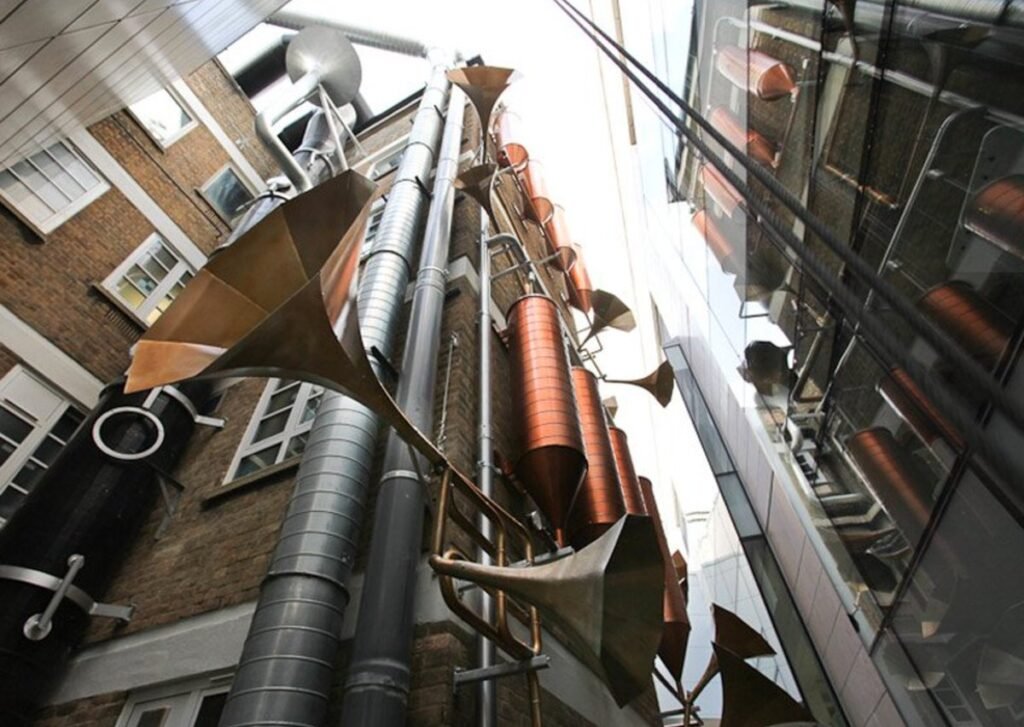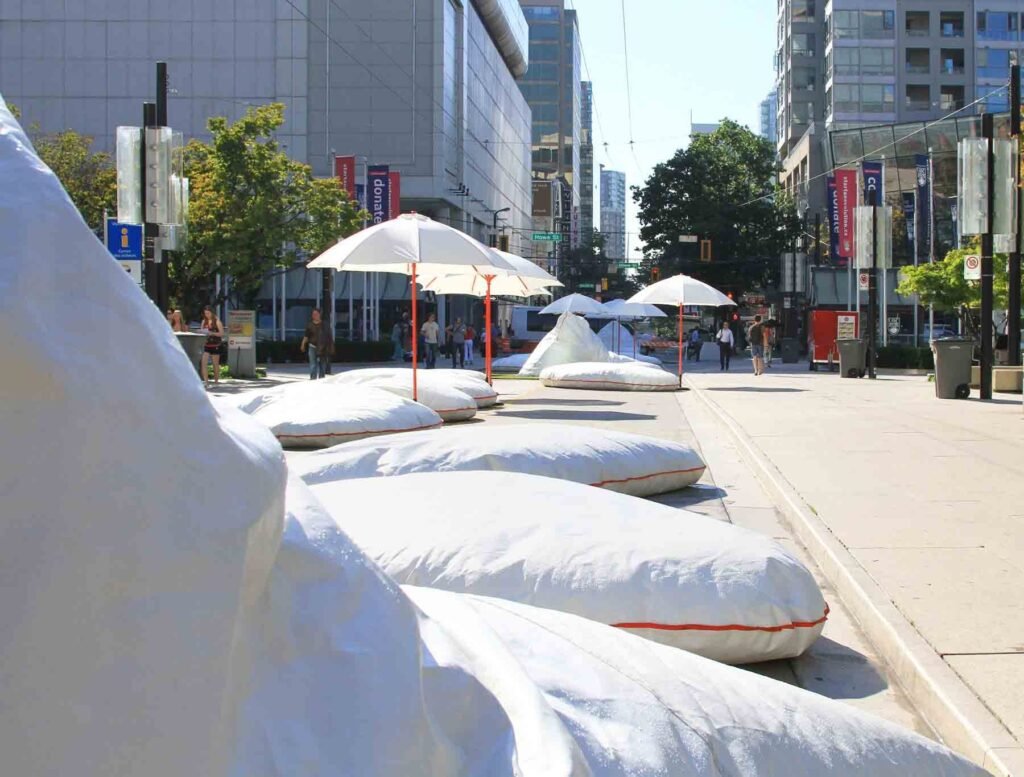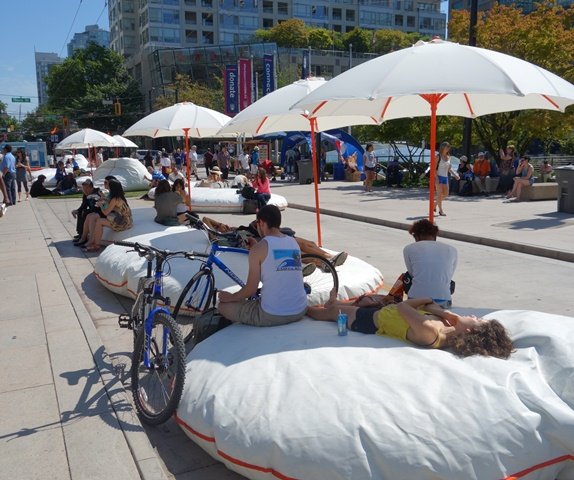When someone talks about temporary public installations, the primary thing that pops to mind could be works of art. A rising trend seen around the world has delivered to notice that designers are taking these sorts of projects to a replacement level. It goes beyond art and creating beautiful public spaces to animate city centres.
The in-between spaces that remain within urban areas often pose many challenges for designers. Such spaces that are left form dangerous alleyways or corners that repel people. Also, such spaces do nothing to support their adjacent buildings – from a sensory design perspective. Urban space that’s “left behind” often becomes unused, simply existing as wasted space – a missed opportunity.
That’s the rationale why it’s wonderful to ascertain projects just like the one built at London’s Great Ormond Street Hospital. This aural installation takes advantage of the positives space exudes and uses those to its advantage to yield quite the sum of its parts. You see, within the in-between urban space (between two buildings) the installation called the Lullaby Factory serves to make music. By integrating instrument-looking horns and pipes, the installation exudes sound (and even song). And therefore, the better part is that the installation uplifted an otherwise doomed and dull urban space into a special, uplifting, and interesting space.

Urban space sensory installations that coordinate with their adjacent architectural environments can really help a neighbourhood — by providing more engagement, safety, and delight to its visitors. Such sensory installations also can be interactive: where visitors can work either alone or during a group to make amazing sounds, visualizations, or structural configurations. Such installations create design nodes within urban spaces, and such nodes can serve many functions.
Temporary installations in urban areas attract hordes of individuals. Realizing the facility that such pieces have in creating destinations, cities have hired firms to style works intended to compile residents and tourists alike. Last year, the firm Höweler + Yoon Architecture created “Swing Time”, a tremendous interactive playscape where adults and youngsters can swing from 20 suspended rings in Boston’s Seaport district. This area previously referred to as the South Boston Waterfront, has been undergoing revitalization projects to animate the world. Swing Time was a catalyst for increasing visitors, setting the stage for the longer-term more permanent civic space.


Semi-permanent interventions can often bring awareness to a problem or topic. In 2012, AFJD, was commissioned to make an urban public space installation to market Vancouver’s initiative to become the greenest city within the world by 2020. The firm features a commitment to only employing sustainable methods and materials in their works. Hence “Pop Rocks” was created entirely of post-consumer waste repurposed industrial materials which they incorporated into their installation – a series of lounge furniture populating and revitalizing an outsized plaza.


Following this trend of pop-up civic spaces, Washington D.C. has also taken an interest in parklets – small parks created in metered parking spaces adjoining sidewalks. Based off of an identical initiative that began in San Francisco, Park(ing) Day came to D.C. in 2013 and for the first time ever allowed residents to make 1-day parklets round the city. Acting as an outside activity generator, these parks also highlighted the necessity and need for more public space.

Don’t let unused forgotten space deduct from your project. Instead, find ways and means to reinforce your project due to it. And keeping the urban installations in mind, for they’re an excellent thanks to adding uniqueness, vibrancy, and wonder to your design. After all, unused urban space, when designed properly, can become quite the magnet for occupants by piquing their curiosity. Such installations are often playful, beautiful, and even educational — so, keep them in mind as you strive to revitalize a populated area, make your building interactive, or bring design ingenuity to a replacement one. Don’t ignore those in-between spaces, for they will make or break your design over time.


